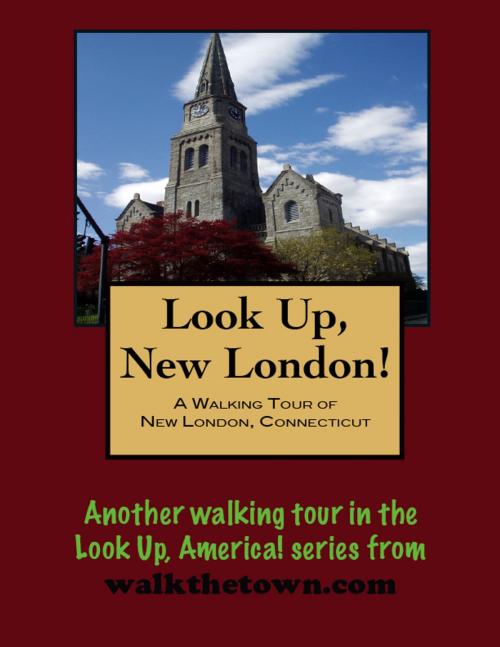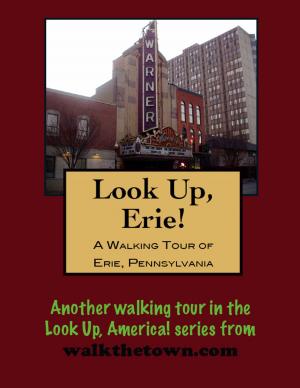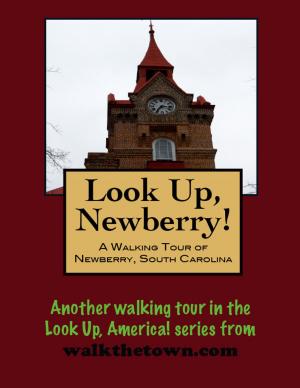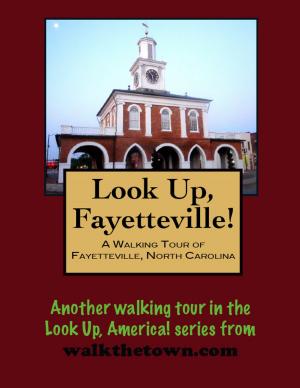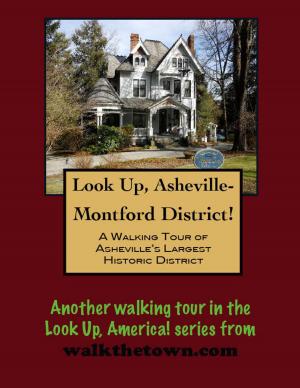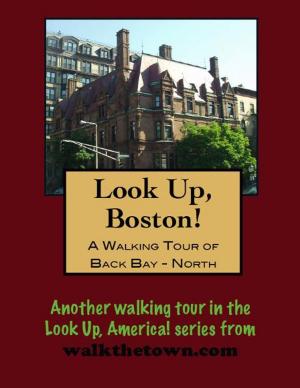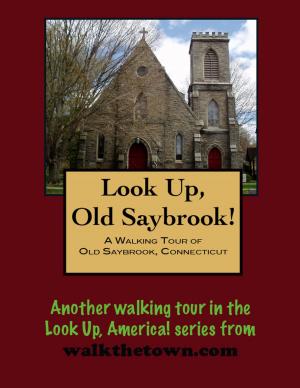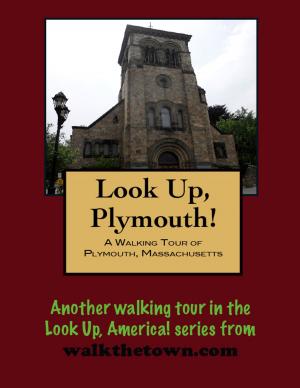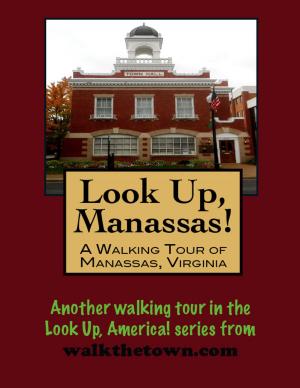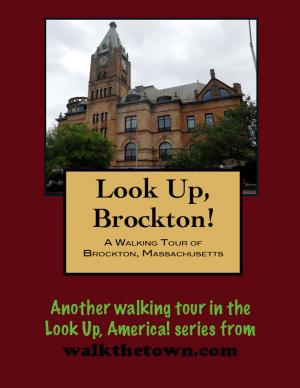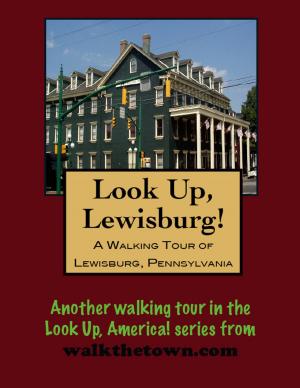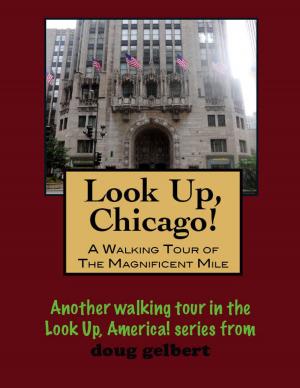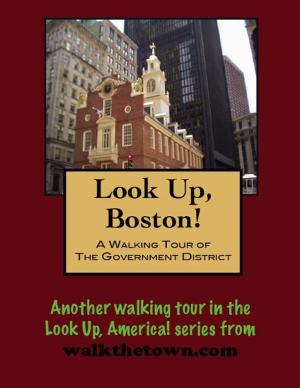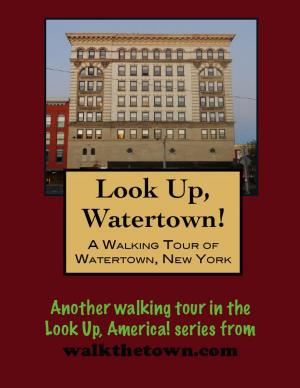| Author: | Doug Gelbert | ISBN: | 9781458052209 |
| Publisher: | Doug Gelbert | Publication: | March 2, 2011 |
| Imprint: | Smashwords Edition | Language: | English |
| Author: | Doug Gelbert |
| ISBN: | 9781458052209 |
| Publisher: | Doug Gelbert |
| Publication: | March 2, 2011 |
| Imprint: | Smashwords Edition |
| Language: | English |
There is no better way to see America than on foot. And there is no better way to appreciate what you are looking at than with a walking tour. This walking tour of New London, Connecticut is ready to explore when you are. Each walking tour describes historical, architectural landmarks, cultural sites and ecclesiastic touchstones and provides step-by-step directions.
Every tour also includes a quick primer on identifying architectural styles seen on American streets.
When a group of Puritan families under the the direction of John Winthrop, Jr. arrived here in 1646 they found one of the deepest harbors on the Atlantic coast, courtesy of an ancient flooded river valley. The prospects for the new location were so promising the village soon was named New London and that river was called the Thames.
The sea would bring both wealth and heartbreak to New London. During the Revolutionary War more troublesome privateers operated from this port than any other in New England. It has been estimated that some 300 British cargo ships were captured by New London vessels. Such activity did not escape the attention of the crown and even though the war was winding down in September 1781 a British Tory fleet under the command of Benedict Arnold sacked the town. To New London’s misfortune, Arnold spent much of his childhood in the town and knew the terrain. His raiding party destroyed 150 buildings. Arnold claimed that most of the destruction was the fault of accidental fires but townspeople contended he stood at Ye Ancientist Burial Grounds viewing the flames, “with the apparent satisfaction of a Nero.”
After the war ended a very different trade came across New London wharves. The whaling industry traces its beginnings to May 20, 1784 when the Rising Sun shoved off for the fishing grounds off Brazil and returned the next year with more than 300 barrels of whale oil. For the next 125 until the last whaling schooner, the Margaret, left port in 1909, New London rivaled New Bedford, Massachusetts as the whaling capital of the world. By 1850, a million dollars a year worth of whale oil and bone was being recorded at New London customs.
Whaling was not the only industry of note in New London. Thomas Short established Connecticut’s first printing press here in 1709. His successor, Timothy Green, produced almanacs that eventually spawned The New England Almanac and Farmer’s Friend, an influential resource for more than 175 years. New London’s presses also produced America’s greatest playwright, Eugene O’Neill, O’Neill’s theatrical New York family summered here where he acquired an abiding love of the sea and wrote for the New London Telegraph.
Our walking tour of New London will concentrate in the downtown historic district where we’ll see houses remaining from the city’s great whaling captains, buildings by great 19th century architects, and the working place of a great Connecticut patriot...
There is no better way to see America than on foot. And there is no better way to appreciate what you are looking at than with a walking tour. This walking tour of New London, Connecticut is ready to explore when you are. Each walking tour describes historical, architectural landmarks, cultural sites and ecclesiastic touchstones and provides step-by-step directions.
Every tour also includes a quick primer on identifying architectural styles seen on American streets.
When a group of Puritan families under the the direction of John Winthrop, Jr. arrived here in 1646 they found one of the deepest harbors on the Atlantic coast, courtesy of an ancient flooded river valley. The prospects for the new location were so promising the village soon was named New London and that river was called the Thames.
The sea would bring both wealth and heartbreak to New London. During the Revolutionary War more troublesome privateers operated from this port than any other in New England. It has been estimated that some 300 British cargo ships were captured by New London vessels. Such activity did not escape the attention of the crown and even though the war was winding down in September 1781 a British Tory fleet under the command of Benedict Arnold sacked the town. To New London’s misfortune, Arnold spent much of his childhood in the town and knew the terrain. His raiding party destroyed 150 buildings. Arnold claimed that most of the destruction was the fault of accidental fires but townspeople contended he stood at Ye Ancientist Burial Grounds viewing the flames, “with the apparent satisfaction of a Nero.”
After the war ended a very different trade came across New London wharves. The whaling industry traces its beginnings to May 20, 1784 when the Rising Sun shoved off for the fishing grounds off Brazil and returned the next year with more than 300 barrels of whale oil. For the next 125 until the last whaling schooner, the Margaret, left port in 1909, New London rivaled New Bedford, Massachusetts as the whaling capital of the world. By 1850, a million dollars a year worth of whale oil and bone was being recorded at New London customs.
Whaling was not the only industry of note in New London. Thomas Short established Connecticut’s first printing press here in 1709. His successor, Timothy Green, produced almanacs that eventually spawned The New England Almanac and Farmer’s Friend, an influential resource for more than 175 years. New London’s presses also produced America’s greatest playwright, Eugene O’Neill, O’Neill’s theatrical New York family summered here where he acquired an abiding love of the sea and wrote for the New London Telegraph.
Our walking tour of New London will concentrate in the downtown historic district where we’ll see houses remaining from the city’s great whaling captains, buildings by great 19th century architects, and the working place of a great Connecticut patriot...
